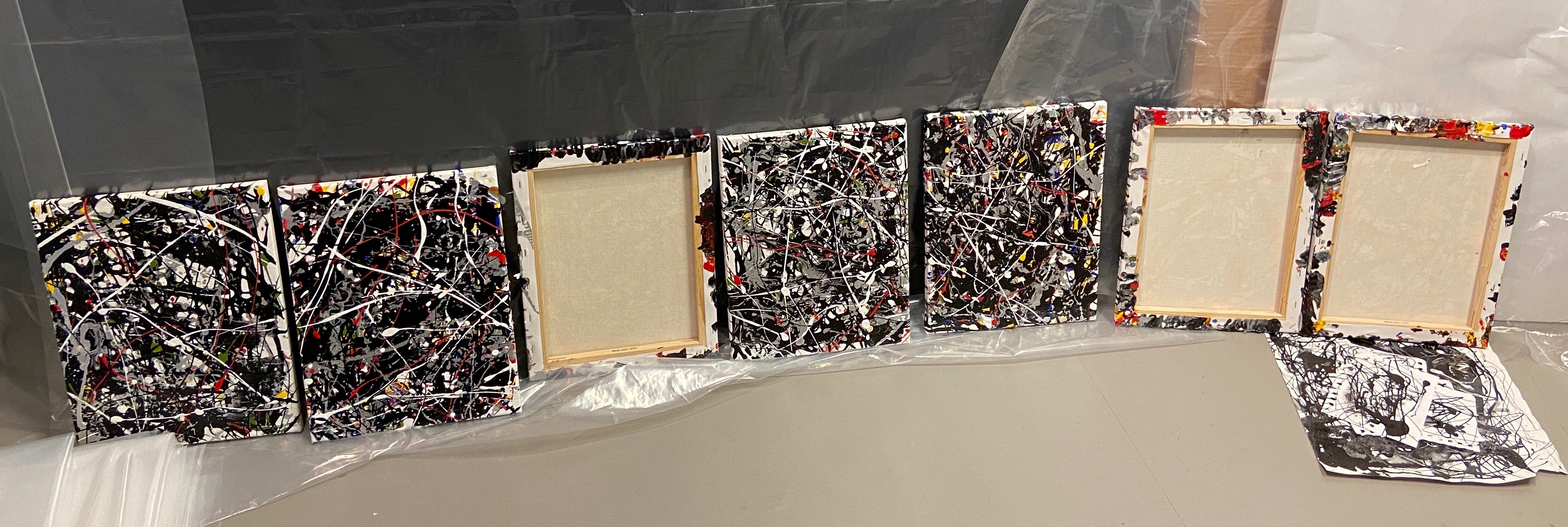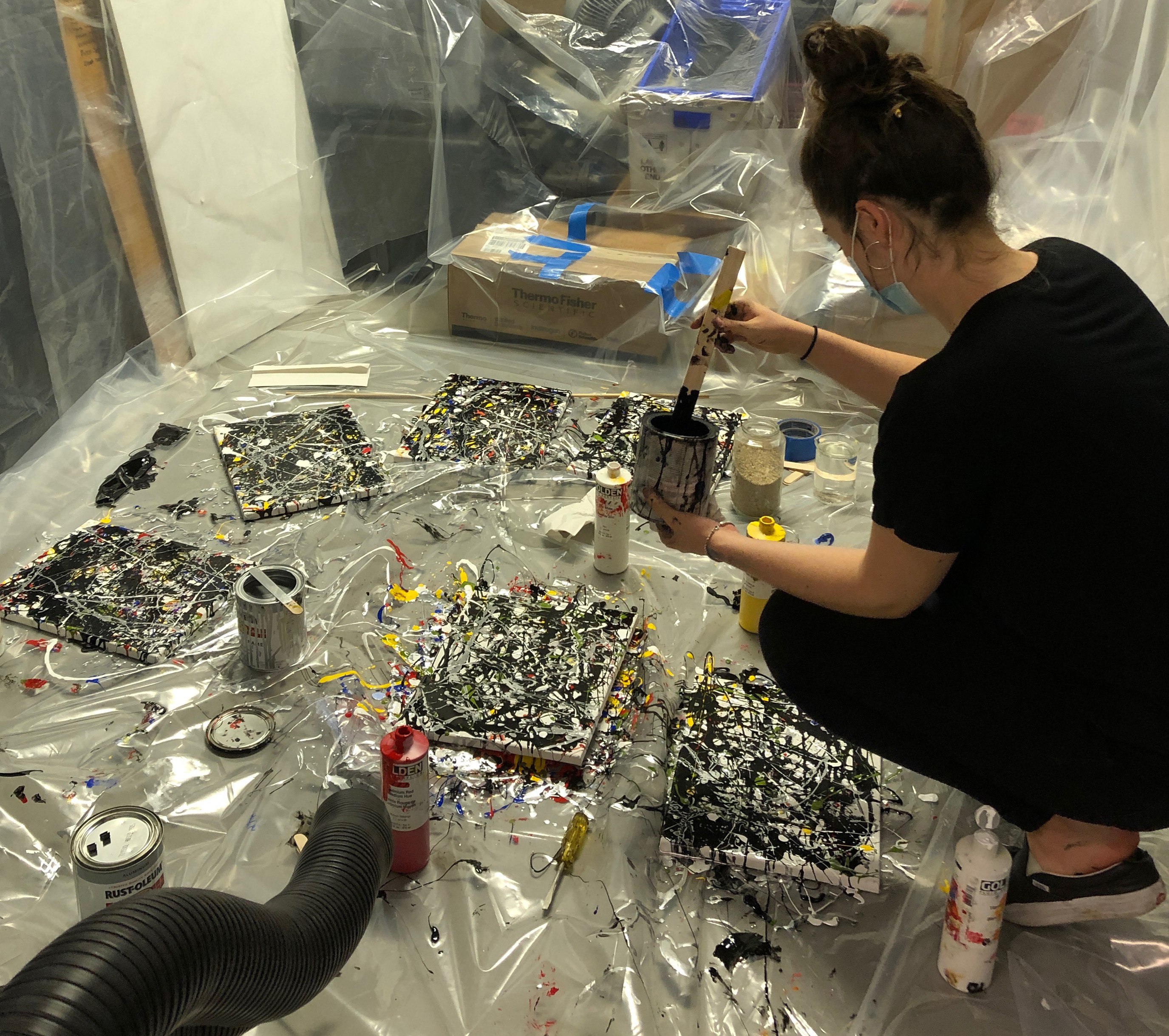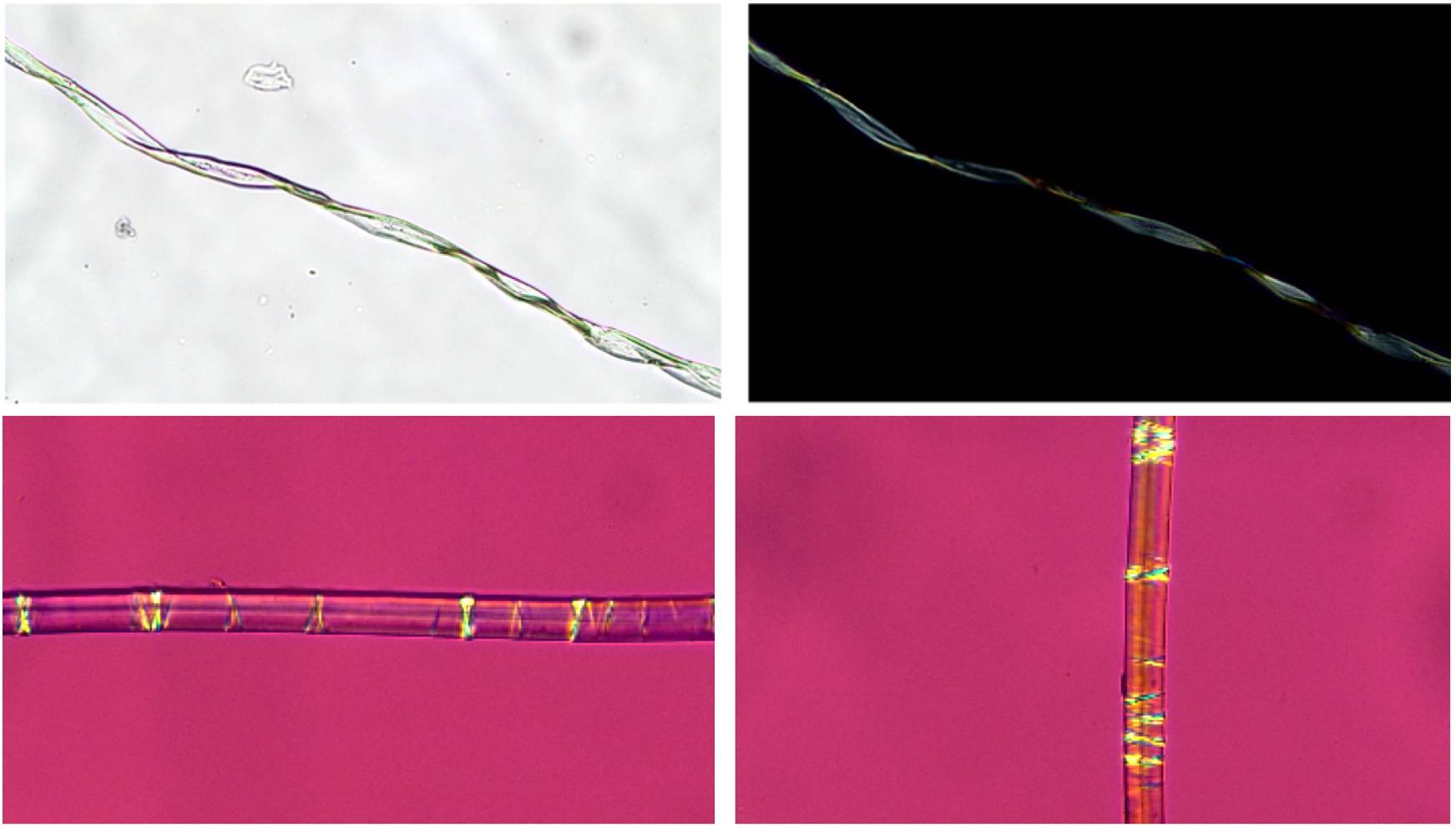Your browser is out-of-date!
Update your browser to view this website correctly. Update my browser now
Conserving Modern and Contemporary Art: A Year of Intergenerational Educational Experiences
by Kayla Metelenis, 2021-2022 Dedalus Fellow in Conservation
Modern art is a particularly powerful resource for learning about the world and about oneself. This sentiment is one which Robert Motherwell espoused and promoted during his lifetime and has since been furthered by The Dedalus Foundation through its commitment to advancing the artist’s legacy and its investment in Fellowships and educational programs. As a graduate student specializing in paintings conservation at the Conservation Center of the Institute of Fine Arts, New York University, and the recipient of the 2021-2022 Dedalus Foundation Fellowship in Conservation, I have had the great privilege to experience first-hand the myriad of ways in which modern and contemporary art cultivates curiosity, critical-thinking, and community.
This year, to supplement my coursework at the Conservation Center, I interned in the Conservation Department of the Solomon R. Guggenheim Museum in New York City. Under the supervision of Lena Stringari, Deputy Director and Andrew W. Mellon Chief Conservator, and Julie Barten, Senior Paintings Conservator and Associate Director of Conservation Affairs, I developed my understanding of the diversity of modern and contemporary art—as well as the complexities associated with the conservation of these works. I was also able to assist in a four-week educational program for high school students, hosted by the Guggenheim Museum and the Bard Graduate Center.
This program (known as Art Detectives) has evolved out of previous iterations of educational programs developed by Lena Stringari and the Guggenheim Museum. It aims to introduce high school students to the dynamic field of conservation.[1] Thirteen students from New York City were selected to participate in the Summer 2021 program and had the opportunity to learn from and work alongside a collaborative, interdisciplinary team of conservators, scientists, curators, and educators (Fig 1).

Fig 1. The 2021 Art Detectives participants and staff in the Solomon R. Guggenheim Museum. Photograph by Filip Wolak © The Solomon R. Guggenheim Foundation.
The on-going pandemic meant that the students participated mostly through online, Zoom-based meetings and gatherings. However, they did have the unparalleled opportunity to visit the Solomon R. Guggenheim Museum and spend the day examining and studying works from the Museum’s Thannhauser Collection. This included infrared imaging of several of the collection’s prominent paintings currently on display. In concert with and supplemented by presentations from the conservators, curators, and scientists on technical art history and material identification, the students were asked to think critically about the works in front of them. They were then able to synthesize this information and put their new skills to practice through the analysis of a series of mockup paintings, which they analyzed in the museum’s conservation labs (Fig 2).

Fig 2. A student and I discussing the surface features of a mockup painting after having examined the work with the aid of magnification. Photograph by Filip Wolak © The Solomon R. Guggenheim Foundation.
As part of my work in preparing for this program, I was responsible for the creation of several small-scale mockups based on the work of American Abstract Expressionist painter, Jackson Pollock (1912-1956) (Figs 3 – 5). I researched the style, technique(s) and materials used by the artist throughout his career, with emphasis on those works created via his recognizable and distinctive “drip technique”. To do so, I spent time engaging in close, careful examination of the surfaces of Pollock’s paintings in the Guggenheim’s collection. This included visits to see works that were then on exhibition at the Guggenheim, in “Away from the Easel: Jackson Pollock’s Mural” (October 2020-September 2021).[2] Additionally, I turned to the increasing number of published technical studies, which shed light on the artist’s materials and working practices.


These mockup paintings were presented to the students, who—as Art Detectives—used their new skillsets to explore these paintings as a conservator would. They considered the mockups as holistically as possible to understand each work’s materials, construction, condition, and history (Fig 5). This included a suite of analytical techniques typically implemented by conservators and conservation scientists, including visual examination under visible and ultraviolet (UV) illumination, optical microscopy, X-ray fluorescence (XRF), Infrared (IR) imaging, and Fourier-transform infrared spectroscopy (FTIR). With the information gleaned from these techniques, the students considered if and/or how these mockups compared to the Jackson Pollock paintings they had seen in the museum galleries and in the museum’s conservation laboratories.

Fig 5. An example of one of the mockup paintings, front and back, which included printed labels adhered to the back of the canvas. Photographs by Kayla Metelenis.
I was thrilled to assist the students with their detective work. By the end of this program, each student eloquently drew conclusions based on the art historical and scientific research they had conducted. They also critically considered some of the broader philosophical and ethical questions surrounding the conservation and preservation of cultural heritage. This program highlighted the ways in which the study of modern and contemporary art can cultivate curiosity—for example, about individual objects and/or materials as well as broader abstract concepts, such as authenticity. Moreover, it illustrated the ways in which curiosity engenders critical-thinking on a micro- and macro- scale. Having developed the confidence in their increasing technical and theoretical knowledge, the students presented their findings to a public audience, thereby contributing their work to the larger discourse and participating in a fundamental aspect of art and conservation: public engagement.
In addition to participating in this program and as part of my studies at the Conservation Center this past year, I also spent a semester working with Denyse Montegut, a textile conservator and the Institute of Fine Art’s Judith Praska Distinguished Visiting Professor in Conservation and Technical Studies (Spring 2022). As one of the leading authorities on fiber analysis and identification, Denyse taught a course—titled “Polymers, Fibers, Yarns & Weave Structures in Fabrics”—which provided an opportunity for me to develop my own understanding of fiber analysis and the treatment of textile-based objects (Fig 6). This has proven incredibly useful to my own work as a paintings conservator, as I often encounter paintings on woven textile supports.

Fig 6. Individual fibers photographed under x200 magnification. Top row: photomicrographs of a cotton fiber under plane polarized (left) and cross-polarized light (right). Bottom row: photomicrographs of a bast fiber under cross-polarized light with the 530nm red plate introduced. Photographs by Kayla Metelenis.
As I had emphasized to the high school students I worked with in the Guggenheim’s educational program, material identification is often fundamental to the work of conservators—and is, in my opinion, hugely fascinating. This is particularly true for me with modern and contemporary art, where materials and methods of manufacture have evolved and broadened. Imprecise terms typically utilized when discussing paintings, such as “canvas” or “tempera” are helpful for general discussion and comprehension. However, a more accurate understanding of materials has proven to be beneficial—both for conservators and professionals in adjacent fields, as well as for a public audience.
Working with Lena Stringari, Julie Barten, and Denyse Montegut, I assisted in the analysis and identification of fiber samples taken from textile-based works of art and canvases of several paintings in the Guggenheim’s collection. This included the analysis of fibers sampled from the canvas support of Amedeo Modigliani’s Portrait of a Student (L’Etudiant) (c.1918-19).[3] The analysis revealed the presence of flax fibers, suggesting that the artist used a linen canvas for this painting (Fig 7). This type of information helps to clarify the materials used by artists within individual works. It can also augment the understanding of an artist’s technique and working practice(s) within their larger oeuvre.

Fig 7. Left: Amedeo Modigliani, Portrait of a Student (L’Etudiant), c.1918-19. Oil on (linen) canvas, 24 x 18 1/8 inches (60.9 x 46 cm). The Solomon R. Guggenheim Museum (94.4482). Right: photomicrographs of flax fibers, sampled from the canvas support, under polarized (top) and cross-polarized (bottom) light, x200 magnification. Photographs by The Solomon R. Guggenheim Museum and Kayla Metelenis.
The field of conservation is, in part, predicated upon thinking and acting for the future through measures taken in the present—and education has a comparable task. The interdisciplinary and intergenerational knowledge exchange that is fundamental to the field of conservation was, for me, particularly evident during my experiences this past year. I was able to learn from and work with conservators, curators, scientists, and educators, while also sharing my own knowledge and assisting students in their developing academic and professional careers. I remain tremendously grateful to The Dedalus Foundation for its support and investment in my education, which has allowed me to engage with modern and contemporary art as a student, emerging conservation professional, and aspiring future educator.[4]
[1] For information about the Summer 2021 Art Detectives program, those involved, and personal accounts from the students enrolled in the program, please visit the following two links: https://artdetectives.commons.bgc.bard.edu/ and https://www.guggenheim.org/blogs/checklist/discovering-the-story-of-an-artwork-in-a-speck-of-paint.
[2] For information about the exhibition, please visit https://www.guggenheim.org/exhibition/away-from-the-easel-jackson-pollocks-mural.
[3] For information about the painting, visit: https://www.guggenheim.org/artwork/2971.
[4] I would also like to thank the Solomon R. Guggenheim Museum and the Conservation Center of the Institute of Fine Arts for making these opportunities possible.

